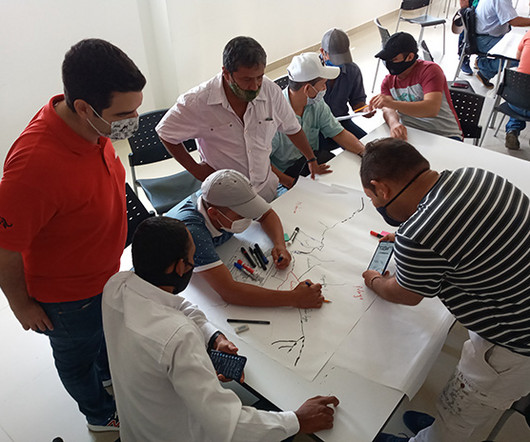The Social Impact Investment Mirage
Stanford Social Innovation Review
NOVEMBER 17, 2022
Last year, our social impact startup hit a milestone that eludes 96 percent of female founders: we hit one million dollars in revenue. We know that for social entrepreneurs trying to solve global challenges, the system is rigged. Underneath every accomplishment lies a profoundly broken funding landscape for social innovation.












Let's personalize your content